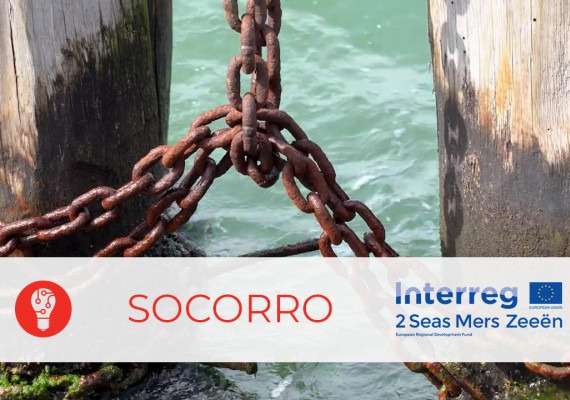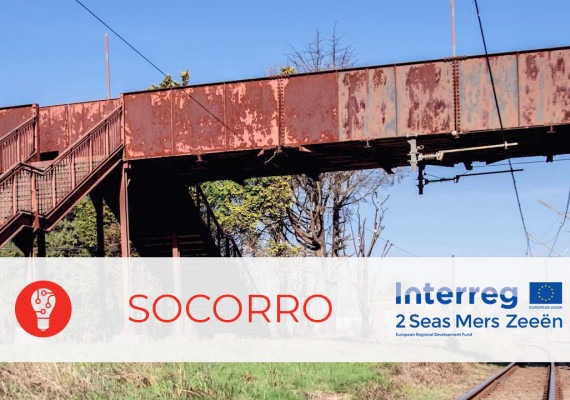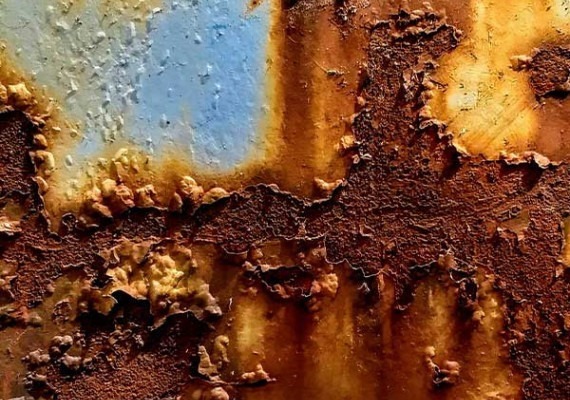SOCORRO
Seeking out corrosion - before it is too late
Priority Axis
Technological and Social InnovationSpecific objective
Technological Innovation
Lead partner
Hogere ZeevaartschoolContact
Date de début
01/03/2020Date de fin
31/03/2023Project budget
5 013 829 €ERDF amount
3 008 297 €ERDF rate
60%À propos
Common challenge
An often-underestimated threat to our economy is steel corrosion, in any kind of industry where water meets steel: the maritime sector, ports, water purification plants, energy production and offshore renewable energy production. The costs pertaining to corrosion are immense: a DNV-GL report sets all-round corrosion costs at more than 500 billion EUR for the European regions alone, generally +/- 3.8% of the European GDP. However, consultation with industry indicates there was no general approach to determining where and when corrosion is taking place so that preventative and remedial works could be targeted. Solutions were generic, and there was no overall awareness of possible cost reductions: 25-30% of the corrosion-related costs are superfluous – the baseline for the project. The SOCORRO project aimed to tackle this challenge by working on the missing step to achieve reduction in costs : a comprehensive, quick, and easy method to measure the local situation in a range of installations and an increased general awareness that costs can be reduced even further.
Overall objective
Main outputs
Cross border approach
Main Achievements
Corroding steel costs money, all over the world, and especially in industries and constructions dealing with water: 3.9% of all the economic value created in a year rust away while we are standing by, and in the maritime industry (ships and ports) we are faced with a daunting 19% of its value. By offering companies to think about the ways they measure and manage corrosion, the SOCORRO project aimed to lower these costs while still maintaining the highest levels of protection of these installations and constructions.
To this end, SOCORRO has created different tools : first, an AI-based algorithm to estimate corrosion rates (and risks for the corroding installations) using the characteristics of the environment, then, a corrosion sensor that does not relies on acoustic thickness measurements instead of classical electrochemistry to measure corrosion, and a life cycle (cost) analysis methodology which helps companies to calculate future corrosion-related costs, applicable from the design stage of the affected assets.
Moreover, the project built a series of demonstrations for the algorithm, in industrial environments. The campaign at the Blue Accelerator (on the North Sea) is one of the first extensive offshore corrosion monitoring campaigns in Europe, and most likely most extensively instrumented in terms of corrosion sensors. The demonstrators on board of an LPG tanker have laid a basis for extensive analysis of corrosion in ship installation. Lastly, the demos in the ports of Ostend, Zelzate, Flushing, Den Helder, Shoreham and Newhaven, in an industrial water at BASF (Antwerp) and in water sanitation plants in Flanders, made it possible to achieve the largest comparison of corrosion risks and rates across industrial sectors ever, helping us to understand why some steel structures corrode faster than others, and to deal with the corrosion problem in an informed way, on the basis of measurements and economic forecasts. SOCORRO, in conclusion, has served as a starting point for new projects and is now capturing a large interest across industrial sectors.
Testimonial
Corrosion is everywhere. On boats, on pipes, on bridges. You will often see it as rust when you visit the coast. And it’s a massive problem. Every day, enough steel to make 400,000 cars corrodes away. That’s five cars a second. And it costs about €2.6 trillion globally to tackle each year, enough to fund 25 international space stations. So, to prevent this, right now we monitor corrosion largely by manually inspecting each site.This led to an alternative way of thinking. What if, instead, we could predict corrosion and take action before it ever happens? This became the SOCORRO project. By using sensors to take in information about the surrounding environment, such as the temperature, salt levels or bacterial activity, we can find the conditions corrosion occurs in.



